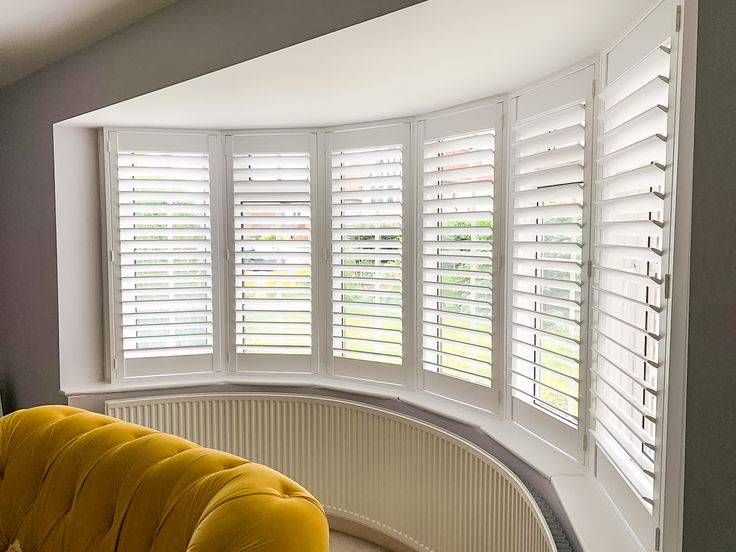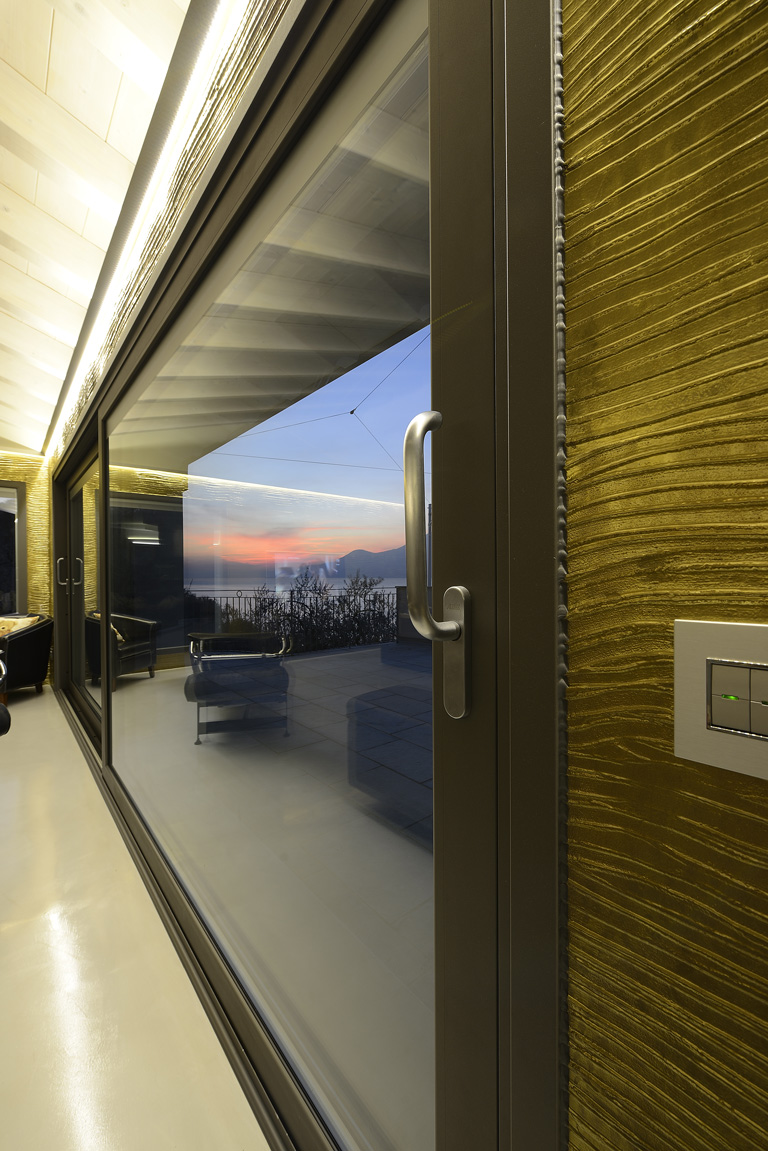Chinese Best Interior White Aluminum Shutter Windows

Aluminum shutters are ideal for many homes and commercial spaces due to their unique material benefits and durability. Aluminum shutters offer a range of significant benefits over traditional wood shutters or shutters made of other materials. Here are the key benefits of aluminum shutters:

Window Shutters: A Comprehensive Guide
Window shutters are a popular architectural feature that has been used for centuries, both for practical and decorative purposes. They offer a versatile solution to controlling light, privacy, and ventilation while adding aesthetic value to homes and buildings. In this article, we’ll explore the different types of window shutters, their history, and their modern-day applications.
What Are Window Shutters?
Window shutters are hinged coverings for windows that can be opened or closed to regulate light, air, and privacy. Unlike curtains or blinds, shutters are typically made from solid materials like wood, vinyl, or composite, and are mounted directly onto the window frame. Shutters are available in both interior and exterior versions, with each serving specific purposes.
History of Window Shutters
The use of window shutters dates back to ancient civilizations. The earliest known examples were found in ancient Greece, where they were used to protect homes from the harsh Mediterranean sun and to provide privacy. Shutters became more refined during the Roman Empire, where they were often made of wood or metal and designed to be opened or closed depending on the time of day.
In the Middle Ages, shutters were commonly used in Europe, especially in France and England, to protect windows from the elements and provide security. The Renaissance period saw the evolution of shutter design, and by the 18th and 19th centuries, shutters had become more decorative, often made with louvered or panel styles to suit the aesthetic tastes of the time.
In the United States, particularly in the Southern states, shutters became an integral part of colonial architecture. They were essential for controlling sunlight, providing ventilation in hot climates, and contributing to the overall design of the home.
Benefits of Window Shutters
Window shutters offer several advantages over other window treatments like curtains or blinds. Some of the key benefits include:
- Light Control: Shutters allow precise control over the amount of natural light entering a room, which can be especially useful in rooms with large windows or those facing direct sunlight.
- Privacy: Shutters can be adjusted to block the view from the outside while still allowing for light and ventilation, providing a balance of privacy and openness.
- Energy Efficiency: Properly installed shutters can improve a home’s energy efficiency by providing an additional layer of insulation, keeping rooms cooler in the summer and warmer in the winter.
- Security: Shutters can act as a deterrent to burglars by making it more difficult to break into a home. Shutters, especially exterior ones, also offer protection from storms and harsh weather.
- Aesthetic Appeal: Shutters add character and style to a home, whether they are part of the interior or exterior design. They can complement a variety of architectural styles, from traditional to modern.
- Durability: Unlike curtains or blinds, which can wear out over time, shutters are typically more durable and long-lasting, especially when made from high-quality materials like hardwood or composite.
Window shutters are a timeless and versatile addition to any home, offering functional benefits like light control, privacy, and energy efficiency, while enhancing the aesthetic appeal of both interiors and exteriors. Whether you choose traditional wooden shutters or sleek, modern plantation shutters, the right set of shutters can elevate the style and comfort of your living space. With various styles and materials available, there’s a shutter solution for every type of home, ensuring you can enjoy the perfect combination of form and function

